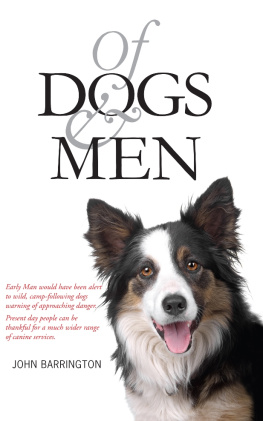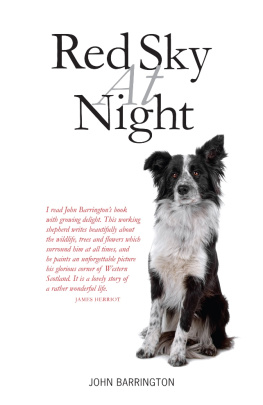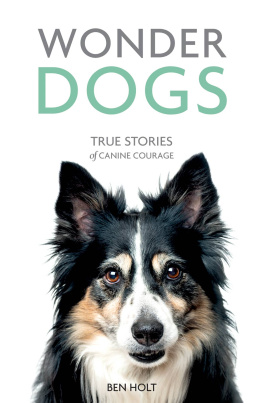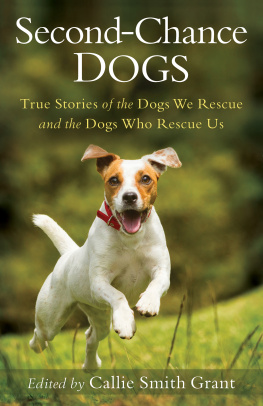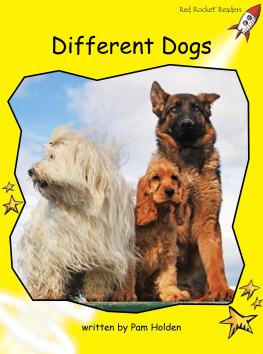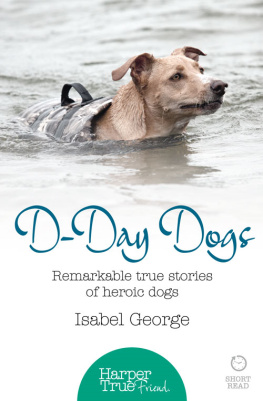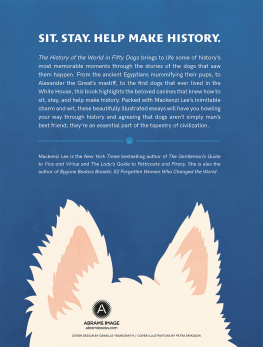JOHN BARRINGTON is an established storyteller and author, who herded 750 Scottish Blackface sheep on the 2,000ft Perthshire mountains above Loch Katrine.
Successful at sheepdog trials, shepherd and dogs have given demonstration of their ancient craft at two Garden Festivals and many shows, galas and Highland Games.
In 1998, the Scottish Qualifications Authority asked John Barrington to design a course in sheepdog handling and management, which took two years to undertake. The first classes were run at Oatridge Agricultural College, near Edinburgh, in 2000, the author at the helm. Students were enrolled from Ireland, England and all parts of Scotland.
With a good eye for sheep, John Barrington has judged classes of sheep at the Royal Highland Show in Edinburgh and around Europe.
Like most shepherds, Barrington is a natural storyteller, a gift he exercises at schools, clubs and societies, and as an after dinner speaker. Stories are recounted on the move during daytime guided tours and twilight ghost walks, and as a commentator at a dozen or so Highland Games each year. Stories told to enliven his whisky tasting sessions are always presented in the right spirit! His first book, Red Sky at Night , was a UK bestseller and won him a Scottish Arts Council book award.
By the Same Author
Red Sky at Night (1984, new edition 2013)
Loch Lomond and the Trossachs (2006)
Out of the Mists (2008)

JOHN BARRINGTON
with illustrations by
BOB DEWAR

Luath Press Limited
EDINBURGH
www.luath.co.uk
To my father
who bought me my first dog.
First published 2013
eBook 2013
ISBN (print): 978-1-906817-90-9
ISBN (eBook): 978-1-909912-20-5
The authors right to be identified as author of this book under the Copyright, Designs and Patents Act 1988 has been asserted.
John Barrington
Contents
Whenever shepherds get together, humour plays a big part. Stories will be exchanged, songs sung and poems recited. I have only ever known one dog by the name of Pete, and this could be him.
A farmers dog came into town, whose christian name was Pete,
His pedigree was ten yards long, his looks were hard to beat
And as he trotted down the street, twas beatiful to see
His work on every corner, his art on every tree.
He watered every gate and didnt miss a post,
For piddling was his masterpiece and piddling was his boast.
The city dogs stood looking on, with deep and jealous rage
To see this simple country dog, the piddler of his age.
They smellt him over one by one, they smellt him two by two,
The noble Pete in high disdain, stood still till they were through.
They sniffed him over one by one, their praise for him ran high,
But when one sniffed him underneath, Pete piddled in his eye.
Then, just to show those city dogs, he didnt give a damn,
Pete strolled into the grocer shop and piddled on the ham.
He piddled on the onions, he piddled on the floor,
And when the grocer kicked him out, Pete piddled on the door.
Behind him all the city dogs debated what to do,
Theyd hold a piddling carnival and show the stranger through.
They showed him all the piddling posts they knew about the town.
They started out with many winks to wear the stranger down,
But Pete was with them every trick, with vigour and with vim
A thousand piddles more or less were all the same to him.
And on and on went noble Pete, his hind leg lifting high,
Cause most were lifting legs in bluff and piddling mighty dry.
And on and on went noble Pete, and watered every sand hill,
Till all the city champions were piddled to a standstill.
Then Pete an exhibition gave in all the ways to piddle,
Like double-drips and fancy flips, and now and then a dribble.
And all this time this golden dog did neither wink or grin,
But blithely piddled out of town as he had piddled in.
The city dogs said So long, Pete. Your piddling did defeat us.
No one ever put them wise our Pete had diabetes!
The Pete I knew was a handsome, yellow-coated dog and did have diabetes
Author
This is a lovely Australian poem, by Anon.
You cant buy loyalty, they say,
I bought it though, the other day.
You cant buy friendship, tried and true,
Well, just the same, I bought that too.
I bought a single, trusting heart,
That gave devotion from the start.
If you think these things arent for sale,
Buy a blue pup with a stump for a tail!
A perfect advertisement for Australian Stumpy-tail Cattle Dogs.
THIS IS SIMPLY A distillation of more than 50 years of sharing life with a succession of dogs. My parents put together the ideal family unit; me, followed by a baby sister and, at the age of ten, a very pale Golden Labrador puppy. The world for one small boy was now complete.
Family lore has it that the first cuddly toy I took to heart had been a brown dog called Whiskers. He played many roles in my young life except as the pyjama case he was designed to be. Once my legs would adequately hold me up, my inseparable companion and I toddled off happily to explore the wonders of the Chinese Year of the Dog. One of these was the seemingly enormous German Shepherd dog belonging to my paternal grandparents, an extremely affectionate bitch called Lassie. From this early age, the love of dogs was not only flowing through my veins, it must have been fixed in my genes.
I was enthralled by any story about dogs. During the war years, my fathers family owned a Wire-Haired Terrier, by the name of Flossie, who was noted for two things. Flossie had been able to fall asleep whilst standing upright and, even if sleeping, would always give a warning of an impending air raid well before the sirens sounded.
The hero of the first real book I remember reading, all words and no pictures, told the story an RAF dog called Flak. During the crucial period of World War II, Flak had flown many perilous missions with his master. I have no recollection of the name of the ace pilot, but the dog was quite a different matter.
Flak was the name bestowed on my Labrador puppy, the dog with which I soon learned all about the pleasures and responsibilities of ownership. Dogs have to be walked, even in the rain. Feeding and grooming would be rewarded with licks and slobbers, just what every schoolboy enjoys. Sadly, a few weeks before the birth of my younger sister, Flak was sent to stay with friends of the family and much to my chagrin, soon settled into his new home. At a distance of less than two miles, Flak was a frequent visitor and seemingly well taken with the new addition to our household. One night, in the early hours, baby Jane was taken ill. Even before the doctor had arrived, Flak was at the door and demanding to be let in. Inexplicably, the dog had suddenly needed to get out and must have run like the wind to make such good time from the next village. This was my first inkling of the extra sensory perception displayed by many dogs.
At Higher Hareslade Farm, pronounced as Haslet in the local Gower dialect, I associated with the animals and farm dogs which were to determine my future path in life. Only little did I know it at the time. Almost at every turn I came face to face with one dog or another. The cinema and television regularly featured films starring Lassie or Rin Tin Tin. Travelling daily to and from the secondary school in Swansea, on the famous Mumbles Train, at that time the oldest passenger railway in the world, I would pass the monument to Swansea Jack. After pulling a 12-year-old boy from the oily water of the nearby docks in 1931, Jack then embarked on a six year lifesaving career. The black Flat-Coated Retriever is the only dog to have been awarded two bronze medals by the National Canine Defence League. In 1936, Jack received the accolade of Bravest Dog of the Year, as well as the Lord Mayor of Londons Silver Cup. In the Swansea Jack pub, I am sure people still drink to the memory of that great dog.

